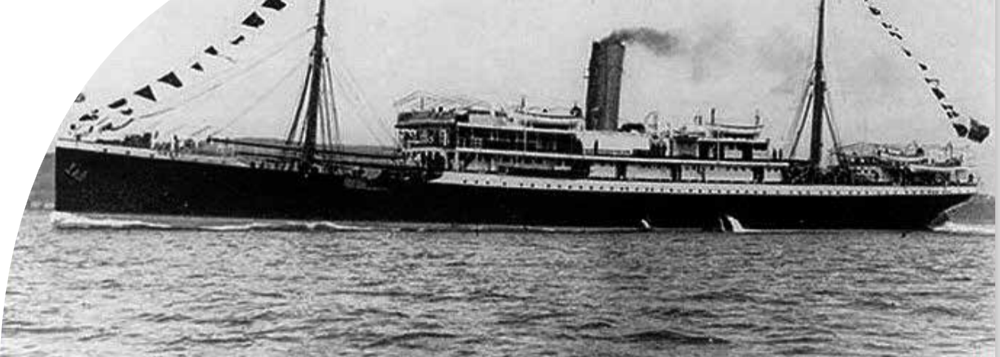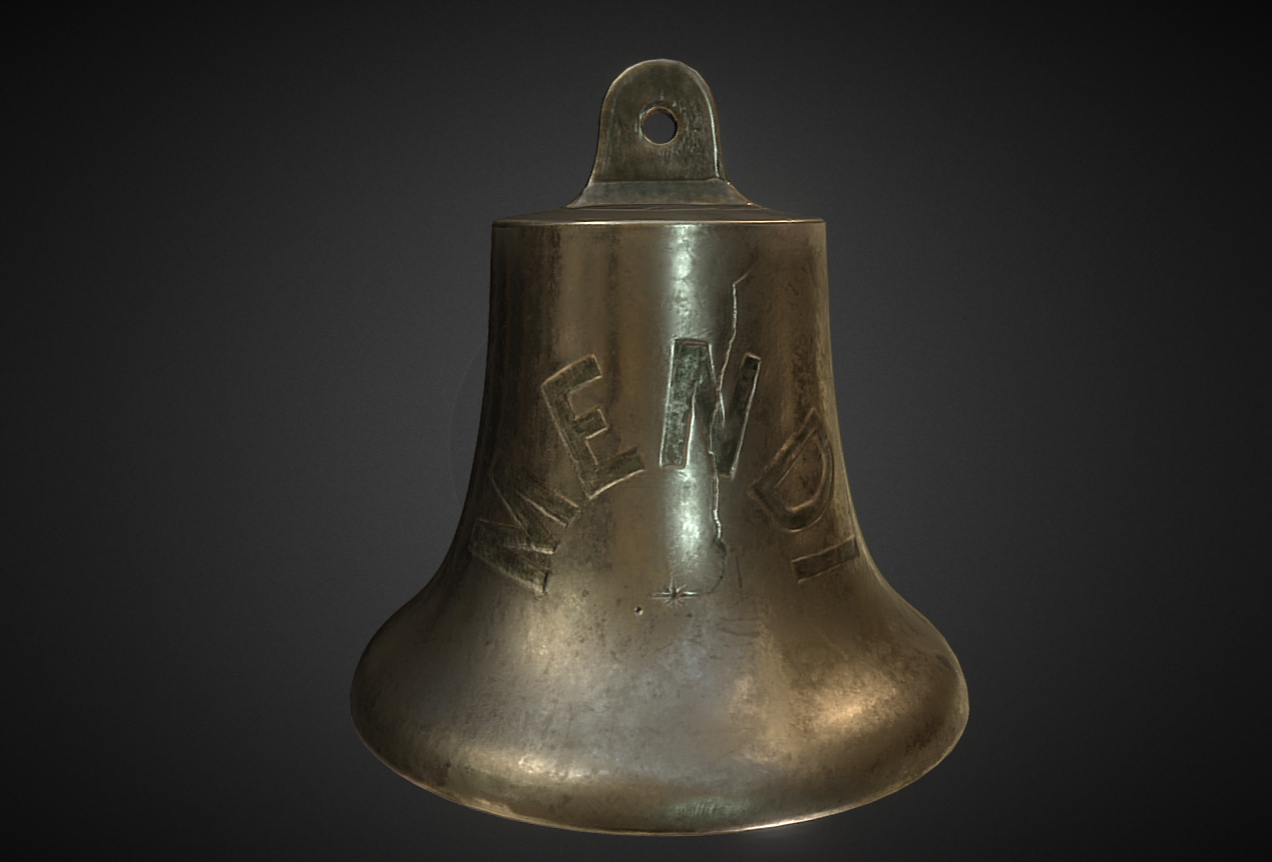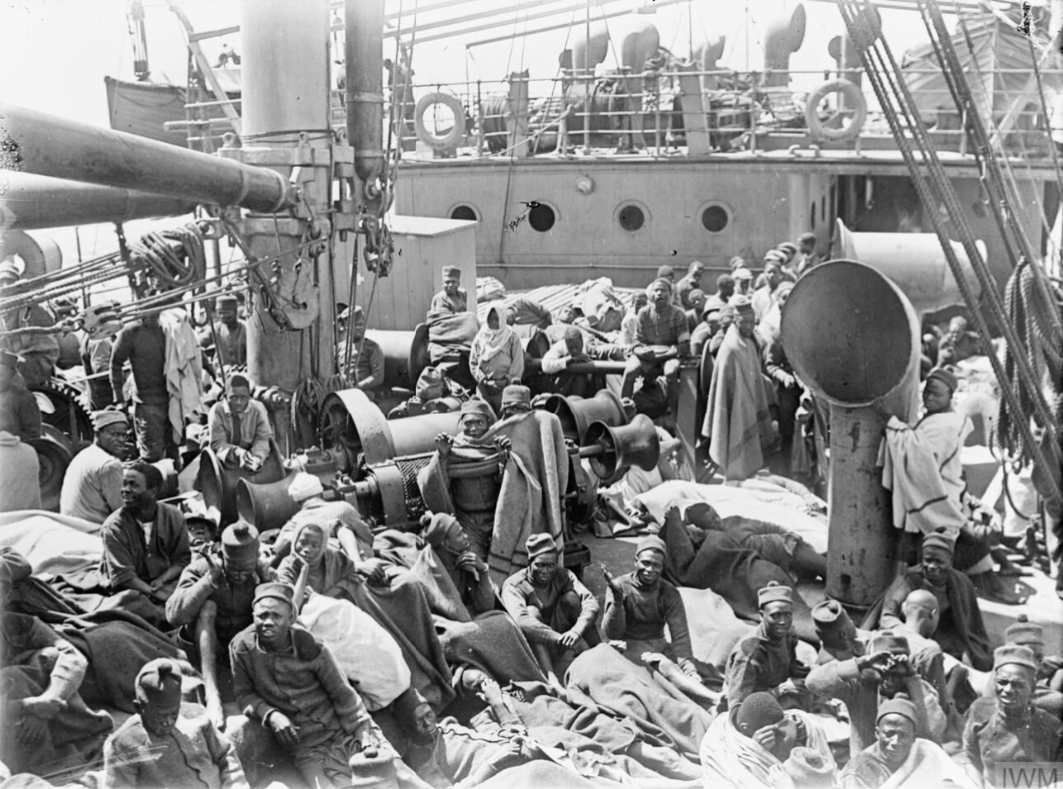The SS Mendi alongside SS Camberwell were examined as part of The Forgotten Wrecks Project. Both have artefacts which are displayed in The Shipwreck Centre and Maritime Museum in the Isle of Wight. In fact the Museum has the largest collection of artefacts in anywhere in the world. Volunteer Shirley Wilson looks into the tragedy of the SS Mendi and the fate of the men aboard.
The SS Mendi was a troopship carrying passengers and cargo, it had originally been a freight ship but was repurposed and was wrecked by accident rather than combat. It often sailed for the British and African Steam Navigation Company. Crewed by men from Leone, Benin and Liberia in West Africa, where Britain had a lot of colonial connections. West African crews employed in colonial ports received, less pay, food and space. Already highlighting a discrepancy in how different nationalities were treated.

Figure 1: The SS Mendi
When it sank during the First World War, it was sailing for Le Havre, a port in France. The ship had originally left Cape Town and stopped off at Plymouth to pick up more military passengers.
It was carrying the last detachment of the South African Native Labour Contingent (SANLC) to work as non-combatants on the Western Front on 21st February 1917. Meaning they were intended to be labourers and not soldiers.
Whilst the Mendi was making this journey on the foggy night of 21st February 1917 – it was hit just after 5am by an 11,000 ton liner – called the SS Darro. It was a much larger vessel and it struck the Mendi at like a right angle – about 12 miles off the Isle of Wight. The collision left a 20m hole in the starboard side of the Mendi – unsurprisingly it flooded quickly, tilted to its side and sank in about 25 minutes.

Figure 2: A model of the bell from the SS Mendi, visible on the Maritime Archaeology Trust sketchfab page.
There were more than 950 men on board and nearly 650 died. Of the 802 SANLC men, there were 607 who died (alongside officers), including 10 Western African seamen and around 140 men died below decks and others of hyperthermia in the water.
The SS Darro ship made no attempt to stop and rescue survivors, later it was concluded it had been travelling too fast for what was permitted in foggy weather and the master of the SS Darro – a man called Henry Winchester Stump – had his license suspended. Only for a year though.
What we do know now is that there are a few memorials dedicated to SS Mendi.
We have the Hollybrook Cemetery panels 3 – 19 listing 596 names, but this is not all the names of the men who perished.
There is also a plaque that was placed on the wreck itself back in 2017, which was 100 years after the sinking.
And there is a memorial in South Africa in Nelson Mandela Bay and there are actually eight memorials in South Africa and two in Britain.

Figure 3: German East African Campaign. Men of the 3rd Nigerian Battalion on board the Transport SS Mendi between Calabar and Cape Town, November 1916. Imperial War Museum Archive
Why is this site important and why do we build memorials, protect the wreck and preserve the artefacts?
This site is particularly important because it is post war and a lot of men who lost their lives in this tragedy, quite evidently from discrimination, were not recognised for their contribution. At the time although the black press in South Africa reported the disaster extensively, the South African colonial government decided the men of the SANLC would not receive war service medals, including the British War Medal from the King, which they were entitled to. It took until 1986 at the height of sanctions and international boycotts against apartheid, in order to improve their reputation the white government added the SANLC men to the Delville Wood South African National Memorial in France, (which previously had only honoured white men).
It is also important to highlight the interconnected histories of Britain and South Africa and to remind the public that this was a world war.
There will be a video coming out at a later date which will describe the story of SS Mendi in more detail. You can also read more about the men who served on the ship in this Forgotten Wrecks of the First World War booklet.
